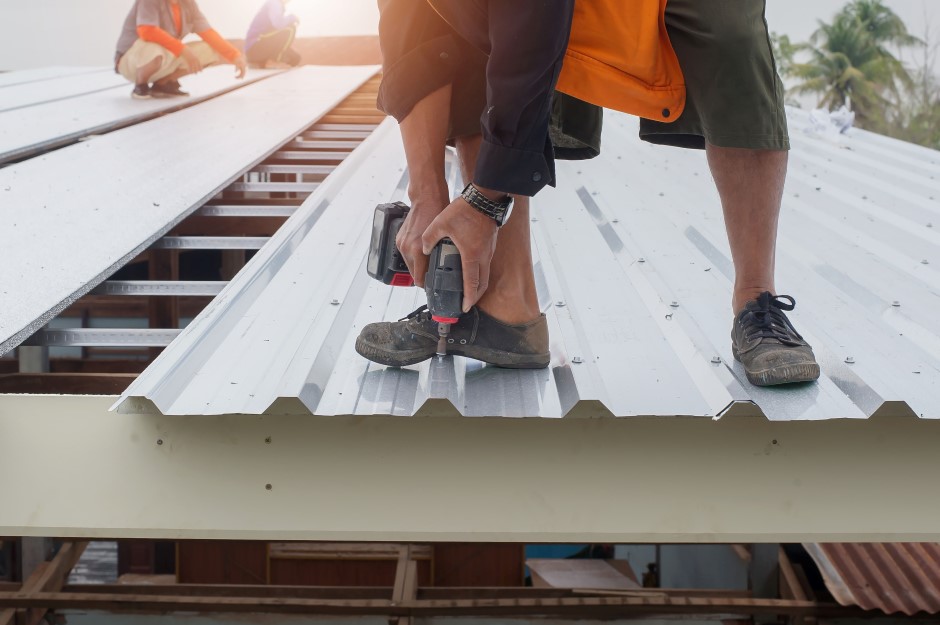When it comes to insulation, you have many different choices and options. Depending of what type of insulation and regional climate, there can be several issues that factor into insulating your home. The size of your house and the amount of space you’re looking to insulate will determine the type and amount of insulation needed.
Rigid Foam and Insulating a Larger Structure
Usually not used for residential work, rigid foam boards and insulating foam is the cheaper yet efficient way to insulate a commercial building. Generally used for foundation work, this method is a miracle of geotechnical engineering. Rigid foam is the way to go for big buildings.
Fiberglass Insulation
Coming in batts or rolls, fiberglass is by far the most common insulation material. Batts are pre-cut sections of the material that are sized to meet the space in between your studs or floorboards. Rolls, just as they sound like, are rolls of the familiar pink insulation. These are commonly used for the in-between flooring in attics. There are two types of fiberglass insulation: faced and unfaced.
"What's the difference between the two?"
A very common question for homeowners and well worth looking into. Both faced fiberglass insulation and unfaced fiberglass insulation have their pros and cons:
Faced Fiberglass: Moisture Control
Faced fiberglass has a strip of humidity-resistant paper that protects the insulation from mold and mildew. It’s an incredibly convenient way to install long-lasting insulation in humid attics and crawlspaces. The facing doubles as a track guide, simply take a staple gun and pin the paper to your framing and baseboards for a convenient placeholder.
Unfaced Fiberglass: Stackable Warmth
For raw, unbridled insulation, you can stack unfaced fiberglass on other fiberglass insulation. However, this is only possible in very non-humid climates, as stacked fiberglass without the facing (and even with the facing, depending on conditions) can be a breeding ground for mold and bacteria. Otherwise many regions can benefit from some added insulation.
The Loose-fill Option that is Cellulose Insulation
 Made from recycled paper, loose-fill cellulose can be a great option for either wide open or hard to reach locations. Because it can be installed nearly anywhere, it’s easier to fill nooks and crannies with this material. And it can be far cheaper, as well. The only problem is it’s susceptible to settling after a few (about fifteen) years, making it less effective. As a “blown-in” insulation substance, the material is quite literally blown-into your home through a giant tube, sealing up those hard to reach crevices in your home.
Made from recycled paper, loose-fill cellulose can be a great option for either wide open or hard to reach locations. Because it can be installed nearly anywhere, it’s easier to fill nooks and crannies with this material. And it can be far cheaper, as well. The only problem is it’s susceptible to settling after a few (about fifteen) years, making it less effective. As a “blown-in” insulation substance, the material is quite literally blown-into your home through a giant tube, sealing up those hard to reach crevices in your home.
What is a “Radiant Heat Barrier”?
Imagine a giant package of tin foil that you can coat the insides of your home in. That’s the idea behind radiant heat barrier insulation. Using an emissive metal that can easily conform to the contours of your attic, it enacts the greenhouse effect to keep your home warm in the winter and cool in the summer. In colder climates, the radiant heat barrier acts as a microwave that heats up the attic first and allows the warmth to travel to the rest of the house. By the same principle, when warm air rises in the summer, it traps all of it in the attic to help cool your home. It’s truly a great engineering feat.
The Equation of R-value
R-value simply stands for resistance of heat transfer, or, how much warmth the material can absorb without losing any. When a material lists its R-value, the higher the number, the more the substance can resist heat transfer. This means that the higher numbers insulate better, but are not always the best option depending on climate. You’ll want to consult with an expert to find out what R-value insulation is best for your area, as temperature will dictate efficiency.







